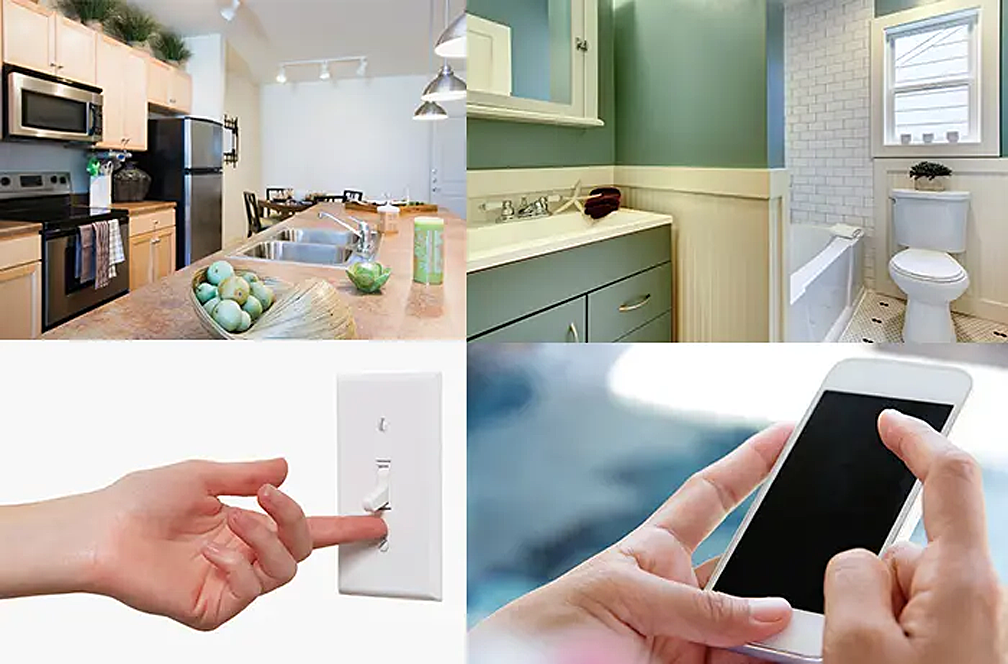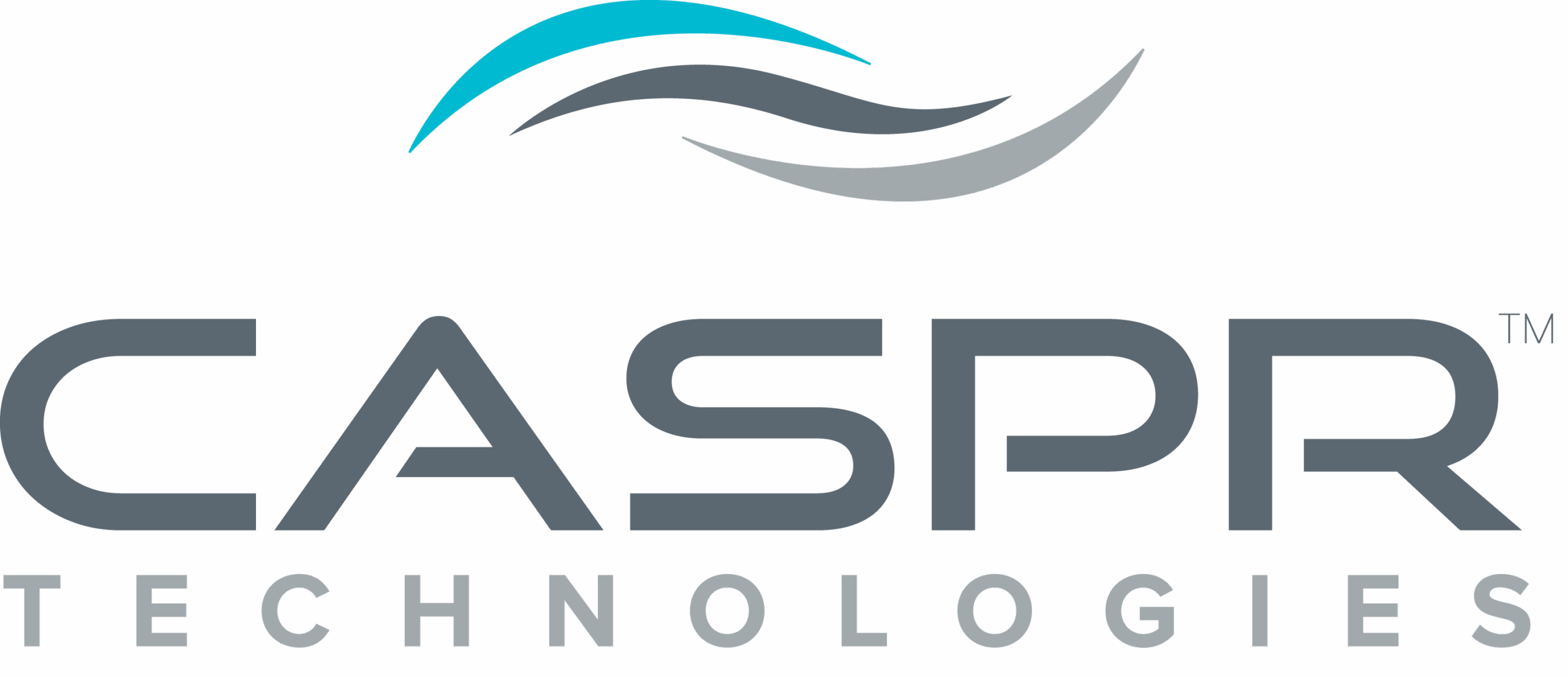Since the pandemic, facilities worldwide have prioritized indoor air quality through various disinfection strategies. However, an important question remains: Is air disinfection alone sufficient to protect against the full spectrum of infectious pathogens?
The Challenge of Surface Pathogens
While airborne pathogens capture much attention, several dangerous microorganisms primarily spread through surface contact. Common surface pathogens like Staphylococcus aureus (including antibiotic-resistant MRSA), Norovirus, and E. coli can persist on surfaces for extended periods—from weeks to months. These pathogens create a transmission network as people move through spaces:
- Pathogens settle on high-touch surfaces
- People contact these surfaces during daily activities
- Cross-contamination occurs as individuals touch multiple surfaces
- Infection risk increases through unconscious face-touching

Limitations of Current Approaches
Traditional air quality solutions such as HEPA filtration, improved ventilation, and air recirculation reduce airborne pathogen concentrations. However, these methods have two key limitations:
- They don’t address existing surface contamination
- Airborne particles eventually settle on surfaces, creating new contamination
While manual intervention through hand hygiene and surface disinfection can help, human inconsistency makes these measures less reliable as standalone solutions.
A Dual-Action Solution
An effective pathogen control strategy must address both air and surface contamination. Automated systems that provide continuous air and surface disinfection offer several advantages:
- 24/7 operation without relying on human intervention
- Simultaneous treatment of both air and surfaces
- Consistent, measurable results
- Reduced reliance on manual cleaning protocols
Implementing a Comprehensive Strategy
The most effective approach combines multiple protective measures:
- Automated air and surface disinfection systems
- Regular cleaning and disinfection protocols
- Proper hand hygiene practices
- Adequate ventilation
- Regular monitoring and maintenance
By addressing both airborne and surface transmission routes, facilities can create a more robust defense against pathogen spread.
For additional information on surface contamination and disease prevention, the CDC provides extensive resources and guidelines for implementing effective control measures. https://youtu.be/KmyxsnuREGs

